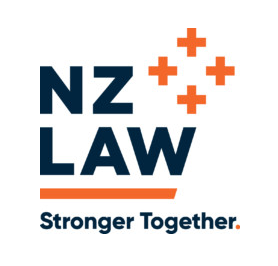Disclosure of trust information to beneficiaries
The Trusts Act 2019 came into force on 30 January 2021. One major topic of discussion arising from the new Act has been the provisions governing disclosure of trust information to beneficiaries.
The purpose of the new disclosure provisions is to ensure that beneficiaries have sufficient information to enable the terms of the trust and the trustees’ duties to be enforced against the trustees. Historically, in some trusts, disclosure of information has been very limited, and beneficiaries often do not find out they are beneficiaries, or that they are entitled to trust information, for many years. This makes it difficult for beneficiaries to know who to contact, or what kind of information to request, to ensure the trustees are doing their job properly.
The disclosure provisions are expected to encourage trustees to be transparent with the beneficiaries — when things are going well, and when things go wrong.
What does the Act say?
The legislation contains a presumption that ‘basic trust information’ will be made available to every beneficiary or their representative. The basic trust information is the fact that a person is a beneficiary of the trust, the name and contact details of the trustee, details of trustee changes as they occur, and the beneficiary’s right to request a copy of the trust deed or other trust information.
The Act also contains a presumption that when a beneficiary does request trust information, such as a copy of the trust deed, the trustee must disclose that information within a reasonable period of time.
Both of these presumptions will apply unless the trustees consider that, in any particular case, they shouldn’t apply.
The legislation goes on to provide a list of considerations for trustees when deciding whether one or both presumptions applies. This includes:
The nature of the beneficiary’s interest, including the likelihood of their receiving trust property in the future
Whether the information is subject to personal or commercial confidentiality
The intentions and expectations of the settlor when the trust was created
The age and circumstances of the beneficiary, and other beneficiaries of the trust
The effect on that beneficiary of having the information, as well as the effect on the trustees, other beneficiaries, and third parties of giving the information
In the case of a family trust, the effect that providing information will have on relationships
The nature and context of the request for information, in a situation where a beneficiary has already received basic trust information and seeks further information, and
Any other factor the trustee reasonably considers to be relevant.
What does this mean in practice?
The process set out in the Act allows trustees to be practical when considering what information to disclose to beneficiaries.
If two settlors have, say, five children and 16 grandchildren, the trustees might reasonably decide that the grandchildren do not need to be notified of basic trust information, and only inform the five children.
If trustees are concerned that young adult children might not cope well with information about the value of trust assets, the trustees might not want to disclose full financial information about the trust, even if requested.
Many trustees worry that beneficiaries could be upset to find they have been treated differently from their siblings. This is very normal — children have different needs. If beneficiaries request financial statements, the trustees might reasonably decide to disclose these, but with certain information redacted or removed so that family harmony is preserved.
Disclosure gives transparency
The new disclosure provisions have been a hot topic of conversation amongst trustees and settlors, but it is hoped they will be useful in ensuring transparency for beneficiaries. Where there are concerns about disclosing specific information, these can usually be managed effectively.
Content copyright © NZ LAW Limited, 2025
